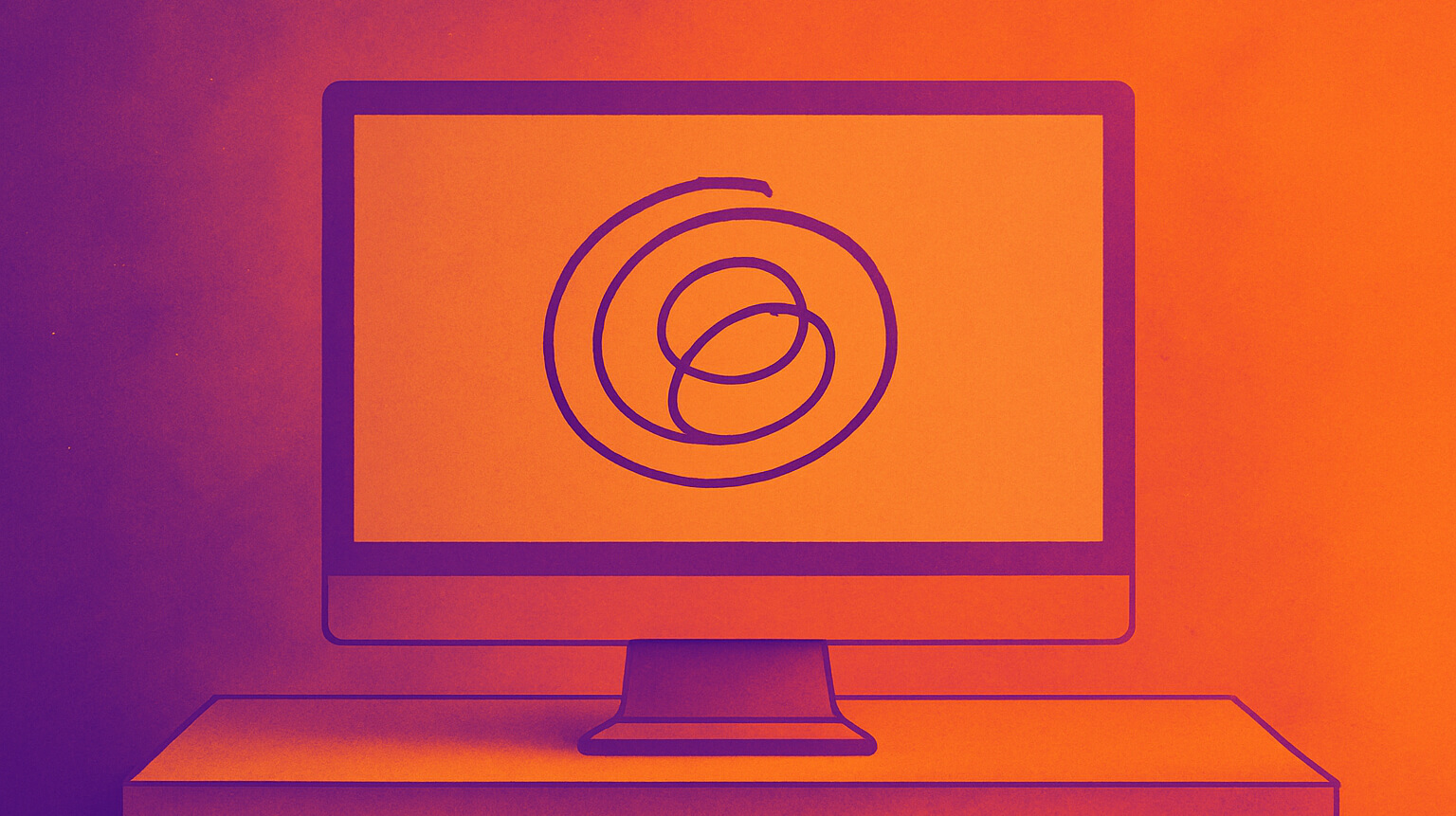Marcus, a software engineer from Portland, spent $180 on premium blue light blocking glasses after experiencing daily headaches and poor sleep quality. Six months later, he's unsure if they're helping or if he's fallen victim to clever marketing. He's not alone—with blue light glasses sales growing 27% annually and the global market reaching $3.5 billion in 2025, millions of consumers are making similar investments based on promises that may not hold up to scientific scrutiny.
The uncomfortable truth: Recent clinical research suggests that blue light glasses may not deliver on their primary marketing claims, despite their explosive commercial success. While the $5.8 billion market is projected to grow at 7.3% annually through 2034, the scientific evidence tells a more complex story about their actual effectiveness.
The Market Reality vs. Scientific Evidence
A Billion-Dollar Industry Built on Uncertain Science
The blue light blocking glasses market has transformed from a niche product to a mainstream phenomenon, with global sales reaching $3.5 billion in 2025 and expected to hit $5.8 billion by 2034. This explosive growth—including a 27% increase in sales from 2022 to 2023—reflects widespread consumer belief in their benefits.
Yet this commercial success stands in stark contrast to the scientific evidence. A comprehensive 2023 Cochrane review, considered the gold standard of medical research, analyzed 17 randomized controlled trials involving 619 participants and reached a sobering conclusion: blue light filtering lenses showed no significant benefit for reducing digital eye strain compared to non-filtering lenses.
The study found insufficient evidence to support claims that blue light glasses improve visual performance, reduce eye fatigue, or enhance sleep quality when used during computer work. This disconnect between market enthusiasm and research findings represents one of the most significant evidence gaps in modern eyewear.
What the Numbers Really Tell Us
Market research reveals telling patterns about blue light glasses adoption:
- Remote workers comprise 43% of purchasers, spending an average of 13 hours daily on screens
- Computer office workers represent the largest segment, driving 62% of sales through optical stores
- Men account for 37% of the market, with growing adoption among professionals and gamers
- North America dominates with 44.2% market share, generating $59.27 billion in 2023
However, these purchasing patterns reflect perceived need rather than proven effectiveness. The fact that sales continue growing despite limited scientific validation suggests consumers are making decisions based on marketing claims rather than evidence-based recommendations.
Understanding Blue Light and Its Real Effects
Blue light exists naturally in sunlight and artificially in LED screens, fluorescent lights, and digital devices. While concerns about digital blue light exposure have driven the glasses market, the scientific reality is more nuanced than marketing materials suggest.
The actual exposure levels matter significantly. Research shows that typical computer screens emit blue light levels far below those that cause proven retinal damage in laboratory studies. The American Academy of Ophthalmology states that "digital screens do not emit harmful blue light levels," challenging the fundamental premise behind blue light glasses marketing.
Studies examining blue light's impact on sleep—another major selling point—have produced mixed results. While some research indicates that blue light exposure before bedtime can disrupt circadian rhythms, the effect appears more pronounced with direct, high-intensity sources rather than typical computer use at normal viewing distances.
The Clinical Evidence: What Studies Actually Show
The Landmark Cochrane Review Findings
The 2023 Cochrane systematic review represents the most comprehensive analysis of blue light glasses effectiveness to date. Researchers examined trials lasting from less than one day to five weeks, measuring outcomes including visual fatigue, sleep quality, and contrast sensitivity.
Key findings included:
- No statistically significant reduction in eye strain symptoms
- No measurable improvement in sleep quality or duration
- No enhancement of visual performance during computer tasks
- High uncertainty in results due to study limitations and small sample sizes
The review concluded that "it is uncertain whether blue light filtering lenses reduce visual fatigue associated with computer use compared to non-blue light filtering lenses."
Individual Study Limitations and Contradictions
While the Cochrane review provides the strongest available evidence, individual studies have shown mixed results. Some smaller trials reported modest improvements in sleep metrics, while others found no differences between blue light blocking and standard lenses.
However, these positive studies often suffered from methodological limitations including:
- Small sample sizes (typically 20-50 participants)
- Short study durations (often less than two weeks)
- Lack of proper placebo controls
- Subjective rather than objective outcome measures
The scientific consensus increasingly suggests that factors other than blue light exposure—such as dry eyes from reduced blinking, poor ergonomics, and extended screen time—may be the primary causes of digital eye strain.
What Actually Helps With Digital Eye Strain
Instead of relying on blue light glasses alone, evidence-based approaches for reducing computer-related eye discomfort focus on comprehensive eye care strategies.
Proven effective interventions include:
1. Environmental Modifications
- Adjusting screen brightness to match surrounding lighting
- Positioning screens 20-26 inches from eyes at slightly below eye level
- Using anti-glare screen filters to reduce reflection
- Ensuring adequate room lighting to prevent stark contrast
2. Behavioral Changes
- Implementing regular break schedules beyond the 20-20-20 rule
- Consciously increasing blink rates during screen work
- Practicing focused blinking exercises to maintain tear film
- Alternating between near and distance vision tasks
3. Workplace Ergonomics Research shows that poor posture and improper desk setup contribute significantly to eye strain. Optimizing monitor height, chair position, and lighting can provide more relief than specialized eyewear.
4. Professional Eye Care Regular comprehensive eye exams can identify underlying vision problems that contribute to digital eye strain, including uncorrected refractive errors, dry eye disease, or convergence insufficiency.
The Economics of Blue Light Glasses
Consumer Spending Patterns
The blue light glasses market demonstrates concerning pricing disparities that suggest profit margins rather than research costs drive pricing decisions. Standard blue light filtering lenses typically cost $17 compared to $8 for regular prescription lenses—a 112% price premium for technology with questionable benefits.
Premium brands like Gunnar Optiks and Felix Gray command even higher prices, often $80-200 per pair, positioning blue light glasses as lifestyle products rather than medical devices. This pricing strategy has proven successful, with e-commerce platforms capturing 25% of prescription glasses sales and mobile devices driving 67% of online eyewear purchases.
The Placebo Effect Factor
Economic analysis suggests that the high cost of blue light glasses may actually enhance their perceived effectiveness through psychological pricing effects. When consumers invest significant money in a product marketed as health-beneficial, they often report improvements regardless of actual physiological changes—a phenomenon well-documented in medical research.
This psychological component complicates the assessment of blue light glasses' true effectiveness and may partly explain the disconnect between poor clinical trial results and positive consumer testimonials.
Industry Response and Marketing Claims
How Companies Market Despite Limited Evidence
Major eyewear companies have navigated the evidence gap through carefully worded marketing that suggests benefits without making definitive medical claims. Common strategies include:
- Using phrases like "may help reduce" rather than "proven to reduce"
- Emphasizing customer testimonials over clinical evidence
- Focusing on comfort and aesthetics alongside dubious health claims
- Partnering with influencers and esports players to build credibility
Companies like Zenni Optical and Warby Parker have invested heavily in blue light filtering options while maintaining that these products are "lifestyle choices" rather than medical necessities.
Regulatory Landscape and Consumer Protection
Unlike prescription medications or medical devices, blue light glasses face minimal regulatory oversight regarding efficacy claims. The FDA does not require pre-market approval for non-prescription eyewear, allowing companies to market products based on limited or preliminary research.
This regulatory gap has enabled rapid market growth but leaves consumers with little protection against misleading claims. Professional organizations like the American Optometric Association have issued cautious statements about blue light glasses, neither endorsing nor condemning them while emphasizing the importance of comprehensive eye care.
Making an Informed Decision About Blue Light Glasses
For consumers considering blue light glasses, the decision should be based on realistic expectations rather than marketing promises. While these products are generally safe and may provide placebo benefits for some users, they are not a magic solution for digital eye strain or sleep problems.
Consider blue light glasses if:
- You've already optimized your workspace ergonomics and taken regular breaks
- The cost is reasonable relative to your budget and you value the potential placebo effect
- You want fashionable computer glasses regardless of blue light claims
- You experience no adverse effects and find them personally beneficial
Skip blue light glasses if:
- You expect significant medical benefits based on current evidence
- The cost represents a financial burden
- You haven't addressed basic ergonomic and behavioral factors first
- You prefer to invest in comprehensive eye care instead
The Future of Blue Light Research and Technology
Ongoing Research Directions
Despite current evidence limitations, research into blue light's effects continues evolving. Newer studies are examining longer-term exposure effects, different wavelength ranges, and individual variation in light sensitivity. Some emerging research suggests that circadian rhythm disruption may be more complex than initially understood, potentially validating certain sleep-related claims.
Advanced lens technologies are also developing, including lenses with variable blue light filtering that adjust based on time of day or ambient lighting conditions. These innovations may eventually provide more targeted benefits than current one-size-fits-all approaches.
Market Evolution and Consumer Education
The blue light glasses market shows signs of maturation as consumer awareness of evidence limitations grows. Leading brands are beginning to emphasize comfort, style, and general eye health rather than making specific blue light claims.
This shift toward more honest marketing, combined with ongoing research, may eventually lead to products with demonstrable benefits. However, current consumers should base decisions on existing evidence rather than future possibilities.
The Verdict: Balancing Hope with Evidence
The blue light glasses phenomenon illustrates the complex relationship between consumer anxiety, marketing innovation, and scientific validation in the digital age. While these products have created a multi-billion dollar market by addressing genuine concerns about screen time and eye health, the evidence for their primary marketed benefits remains weak.
For most users, blue light glasses represent an expensive placebo—potentially providing psychological comfort but unlikely to solve underlying issues with digital eye strain or sleep quality. The money spent on premium blue light glasses might be better invested in proper ergonomic equipment, regular eye exams, or evidence-based interventions.
However, the explosive growth of this market reflects a real need for solutions to digital-age health concerns. As our screen time continues increasing and remote work becomes permanent for millions, the demand for effective eye protection will only grow.
The key is ensuring that future solutions are grounded in solid science rather than marketing hype, providing consumers with products that truly deliver on their promises rather than capitalizing on digital-age anxieties.



